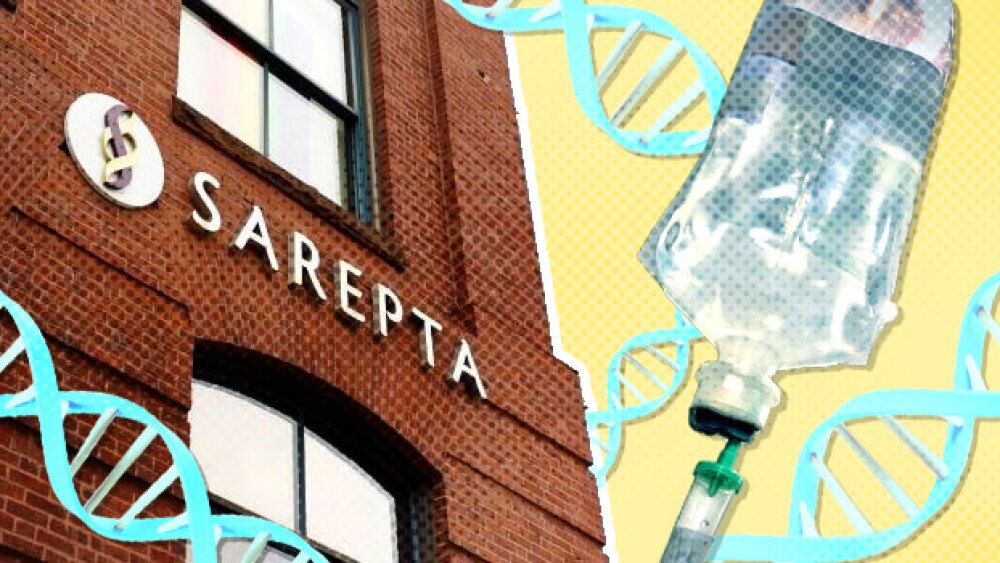BOSTON—Calcium is the most plentiful mineral in the human body. Although most of it is locked into bone, every cell in the body also needs small amounts of calcium. But calcium sometimes builds up where it shouldn’t, such as in the breast tissue or arteries. When this happens, a woman may wonder if she is getting too much calcium from food and supplements. Not to worry, says the March 2010 issue of Harvard Women’s Health Watch. So far, researchers haven't identified any direct links between the amount of calcium taken in from food and supplements and calcium accumulation in the breast or coronary arteries.
How does calcium get deposited beyond the bones? Benign breast calcifications can form as a response to injury, notes Harvard Women’s Health Watch. When any part of the breast is damaged, fat cells die, releasing fatty acids that combine with calcium to form deposits.
Calcium can also accumulate in the cholesterol-rich plaque that develops after an injury to an artery wall. The plaque is usually soft to begin with, but eventually tends to harden and become calcified. In addition, blood vessel cells themselves sometimes convert into bone-forming osteoblasts, producing extra calcium on the spot.
Current nutrition guidelines recommend that women between the ages of 19 and 50 get a total of 1,000 milligrams of calcium a day; women over age 50 should get 1,200 milligrams. With calcium, as with almost everything else, more does not mean better.
Harvard Women’s Health Watch is available from Harvard Health Publications (www.health.harvard.edu), the publishing division of Harvard Medical School, for $28 per year. Subscribe at www.health.harvard.edu/women or by calling 877-649-9457 (toll-free).




